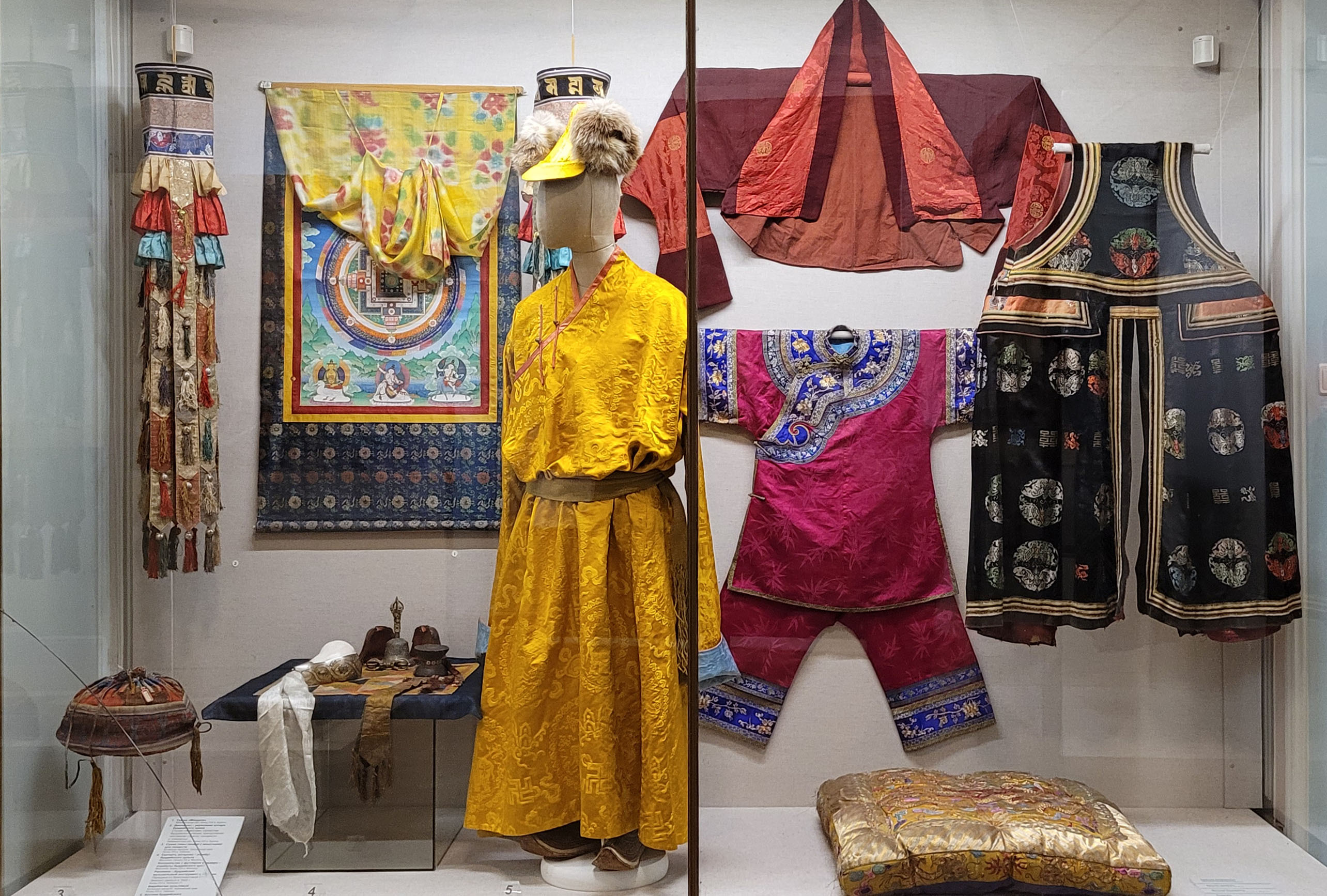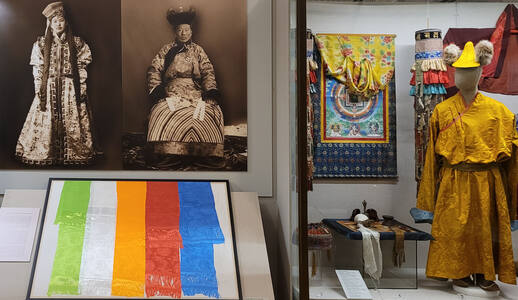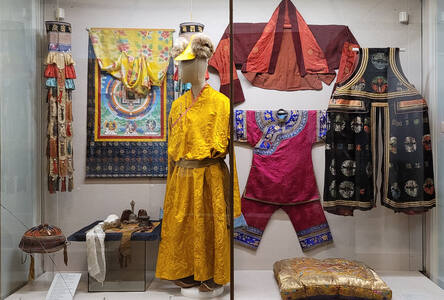Silk in the Traditional Culture of the Peoples of Central Asia and South Central Siberia

As you know, silk is one of China’s cultural ‘trademarks,’ both material and spiritual. The history of the great Empire itself cannot be imagined without silk and the traditions associated with it. The origin of silk production is full of mysteries and legends. In ancient legends, Leizu, wife of Huangdi the Yellow Emperor, is the deity patronizing sericulture; she taught people to breed silkworms and weave. Her cult continued to exist for thousands of years. Nowadays, Chinese silk-weaving traditions are included in the UNESCO World Heritage List. They originated in ancient times and date back to the New Stone Age (the earliest findings go back as early as the 5th millennium BC). Gradually, judging by archaeological and linguistic sources, in a number of areas located on the territory of modern China, in addition to the threads of the wild silkworm, the threads of the cultivated silkworm were introduced. During the Shang Dynasty (15th – 21st centuries BC), sericulture became one of the most important branches of the economy. During the Han Dynasty (206 BC – 220 AD), there was a production of both single-color pattern-less silk (taffeta and rep) and damask, gauze, and polychrome fabrics. Silk was meant not only for the clothing of the nobility and officials but also for various accessories, interior decor elements, line, silk paper, and cotton wool, and was also the basis for paintings and calligraphy. During the same period, the silk trade was developing both in the Chinese Empire and far beyond its borders. Exceptionally rich data (fragments of textiles and fabric prints on the patina bronze vessels) telling about the spread of silk in Central Asia can be found in the Hunnic burials. Silk fragments were also found in the graves of the ancient Turkic and Golden Horde nobility. The most ancient archaeological silk samples were found at such sensational monuments as the Pazyryk Scythian burials correlating with the Zhou Dynasty (11th – 3rd centuries BC) in the Chinese periodization.
Set of Khata scarves in five Buddhist primary colors
St. Petersburg, Datsan Gunzechoinei. 2023.
Buryats
1. Mandala thangka. Transbaikal Region. Late 19th century. Buryats
2. Gyaltsen Buddhist altar banners. Symbols of the triumph of Buddhist teaching, successful battle against passions, hatred, and ignorance. Transbaikal Region. Late 19th century. Buryats
3. Bag of an amchi (doctor) lama with pouches for medicine. Uryankhay Territory, Chinese Empire. Late 19th century. Tuvans
4. Altar cloth, a Buddhist paraphernalia. Mongolia. Early 20th century. Mongols
5. Buddhist clergyman’s attire. Mongolia. 19th century. Mongols
Buddhist clergyman’s attire
Mongolia. Early 20th century.
Tibetans
Girl’s attire
China. Early 20th century.
Chinese
Women’s sleeveless jacket
Mongolia. Late 19th – early 20th century.
Mongols
Pillow
China. Late 19th – early 20th century.
Chinese




